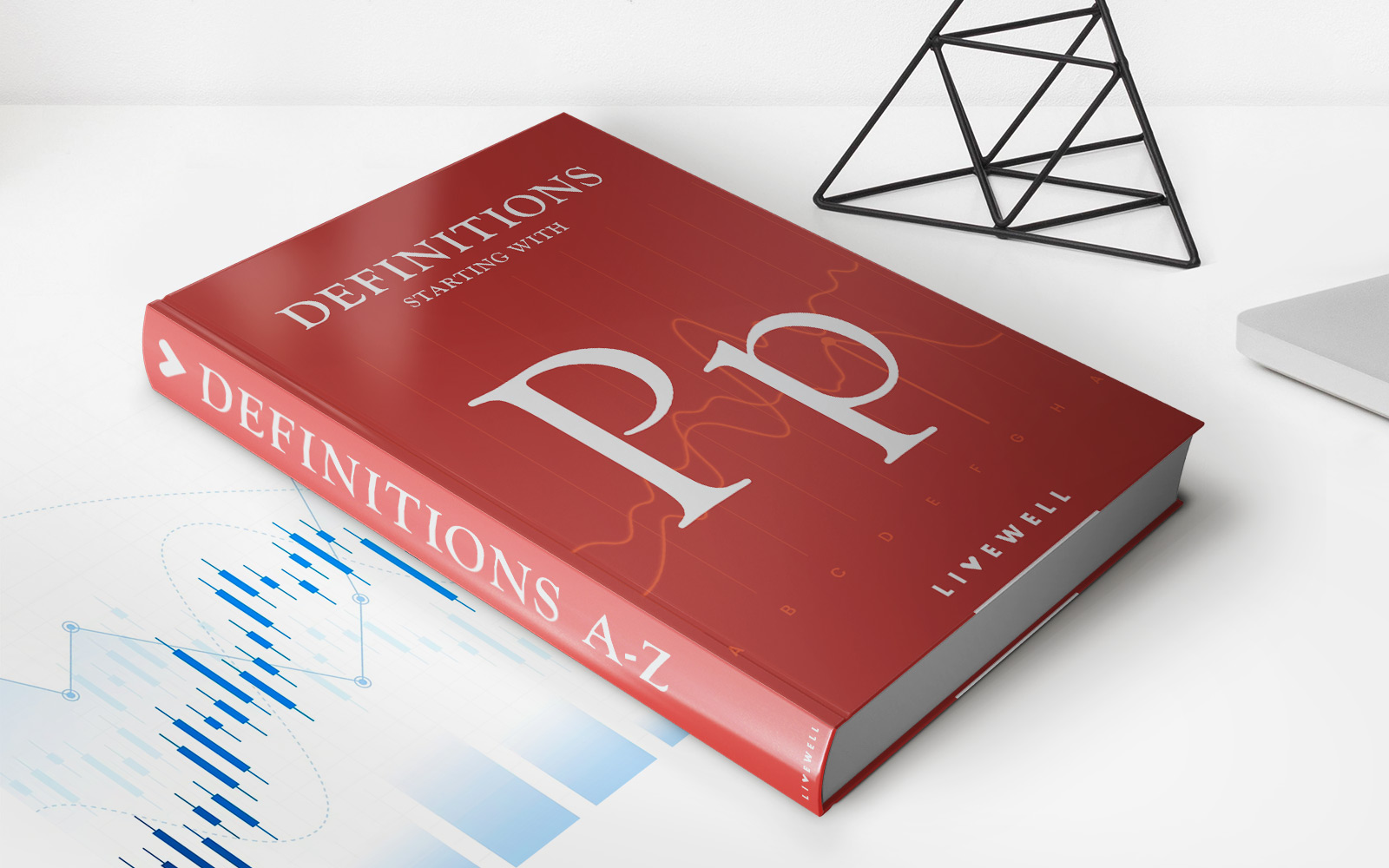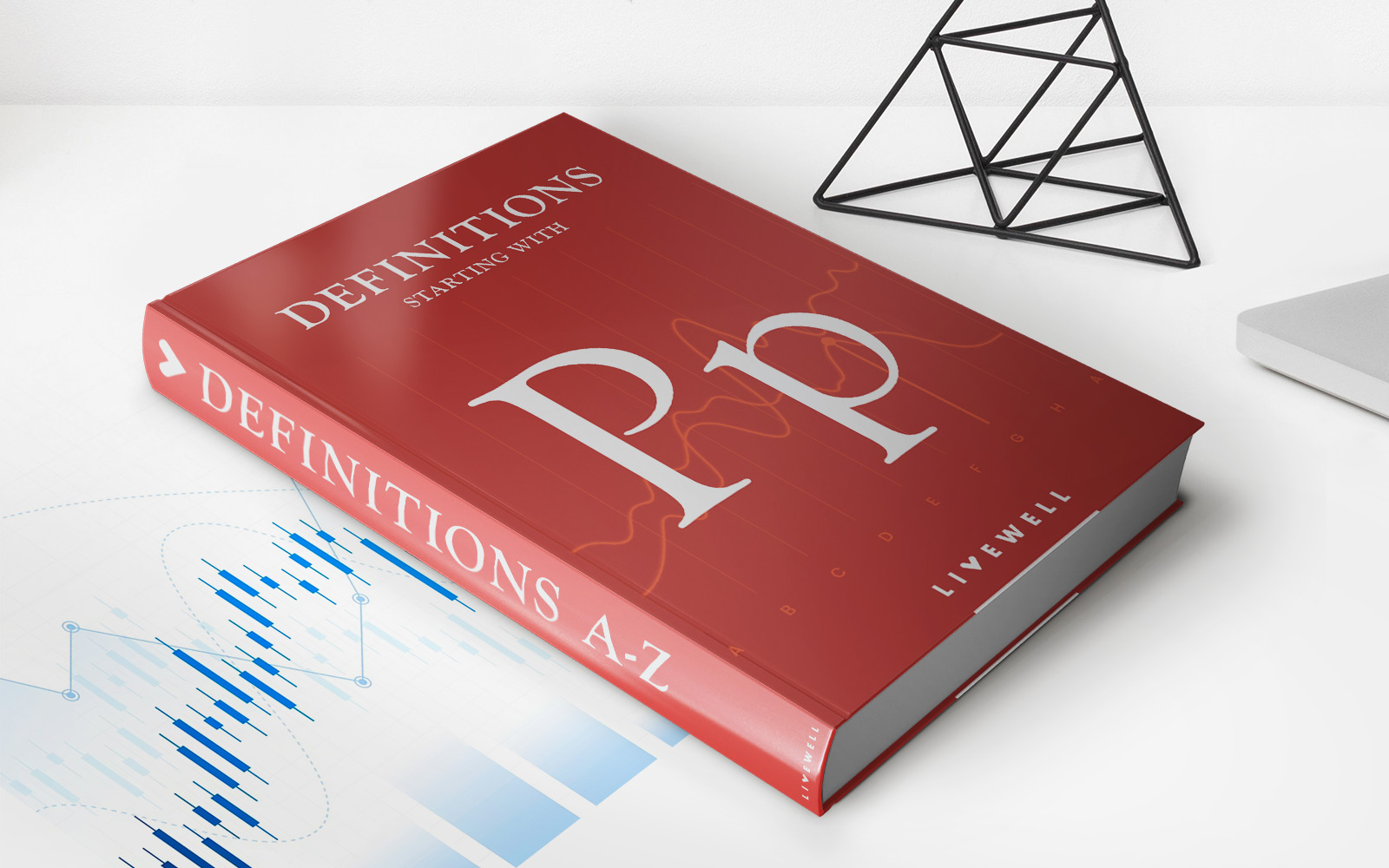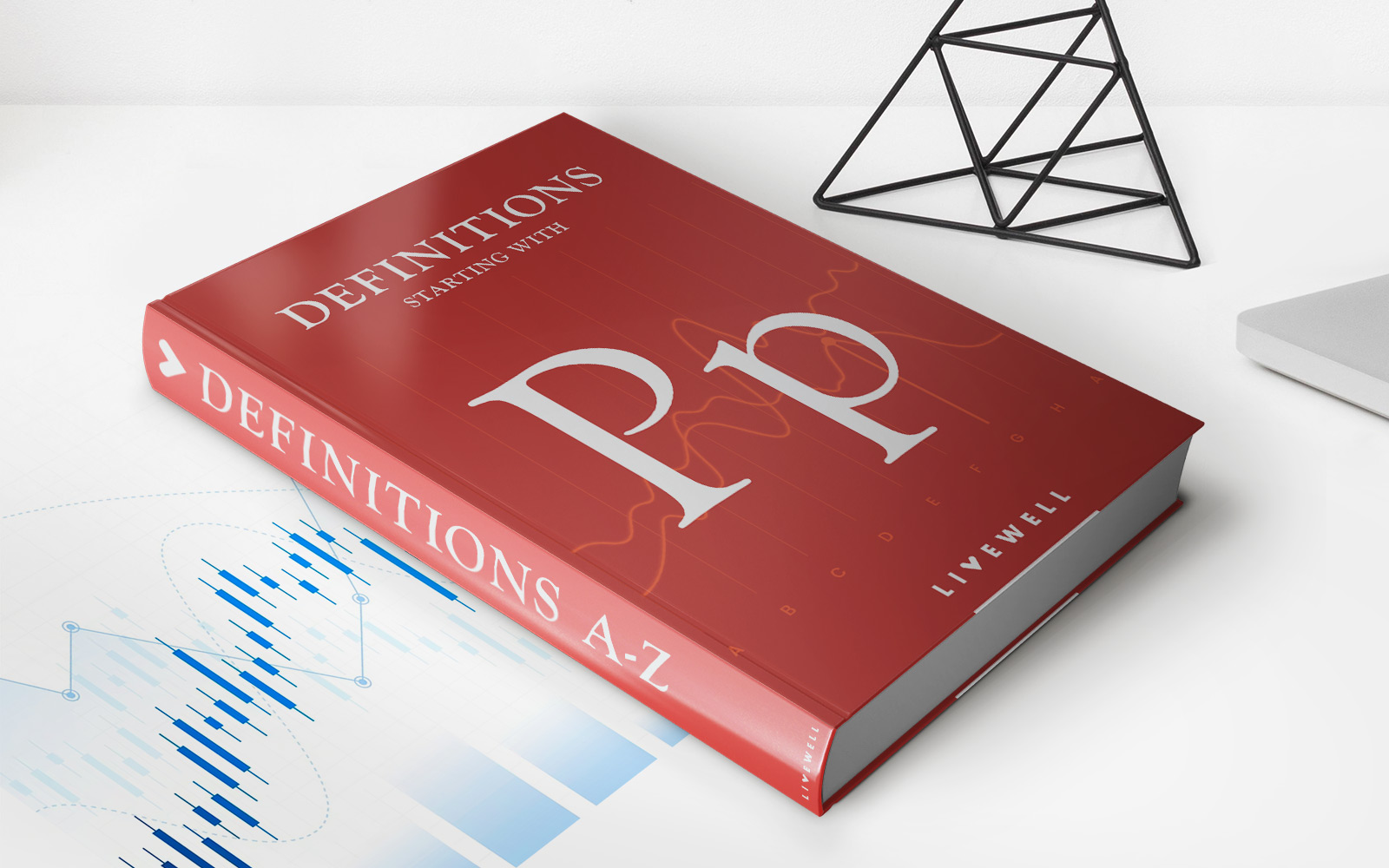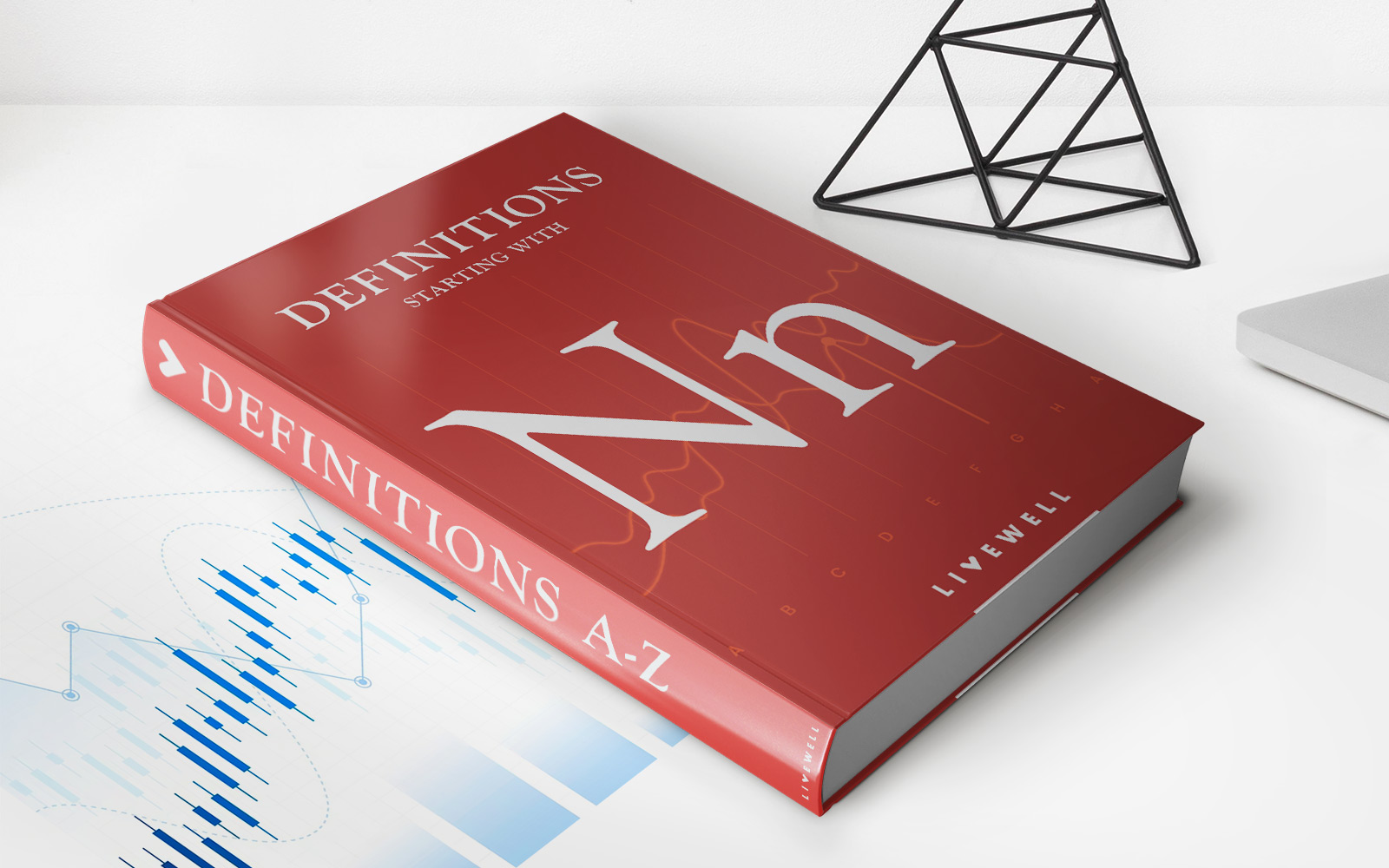

Finance
What Is A Preferred Equity Investment?
Published: October 19, 2023
Learn what a preferred equity investment is and how it can be a beneficial financing option for businesses. Explore the advantages and risks of this finance strategy.
(Many of the links in this article redirect to a specific reviewed product. Your purchase of these products through affiliate links helps to generate commission for LiveWell, at no extra cost. Learn more)
Table of Contents
Introduction
When it comes to investing, there are a wide variety of options available. One such option is preferred equity investment, which offers a unique opportunity for investors to participate in a company’s growth and success. Preferred equity is a type of ownership interest in a company that ranks higher than common equity in terms of priority and rights.
Preferred equity investments have gained significant popularity in recent years, especially in the finance industry. They are often used by both individual and institutional investors to diversify their portfolios and potentially earn attractive returns.
In this article, we will delve into the world of preferred equity investments, exploring their characteristics, advantages, and disadvantages. We will also discuss key considerations that investors should keep in mind before venturing into this investment avenue. Through examples, we will bring to life the concept of preferred equity and demonstrate its potential benefits and risks.
Whether you are a seasoned investor or a novice looking to expand your financial knowledge, understanding preferred equity investments can be beneficial. So, let’s dive in and discover the world of preferred equity investments.
Understanding Preferred Equity
To comprehend preferred equity investments, it is essential to differentiate them from other forms of equity, such as common equity. While common equity represents ownership in a company, preferred equity is a unique class of equity that carries specific rights and privileges.
Preferred equity investors hold a higher priority claim on a company’s assets and earnings compared to common equity shareholders. In the event of liquidation or bankruptcy, preferred equity holders are entitled to receive their investment back before common equity holders. This level of seniority makes preferred equity investments less risky compared to common equity investments.
Preferred equity also differs from debt financing. With debt financing, a company borrows money and promises to repay the principal amount plus interest to the lender. In contrast, preferred equity investment is a way for investors to inject capital in a company in exchange for an ownership stake. Rather than receiving interest payments, preferred equity investors typically receive regular dividend payments.
One important characteristic of preferred equity is the fixed dividend rate. Preferred equity investors are entitled to a predetermined dividend rate, which is typically higher than the dividend that common equity holders receive. This fixed dividend rate provides investors with a consistent income stream.
Another key aspect of preferred equity is its absence of voting rights. Unlike common equity shareholders who have the right to vote on company matters, preferred equity investors usually do not possess voting power. However, there may be instances where preferred equity investors are granted voting rights on specific matters that directly affect their interests, such as changes to dividend payments or the issuance of additional preferred equity shares.
It is worth noting that preferred equity investments can be structured in various ways. They may take the form of preferred shares or convertible preferred securities. Convertible preferred securities allow investors to convert their preferred equity into a predetermined number of common shares at a specified price. This feature provides investors with the potential to benefit from the upside of the company’s growth if they choose to convert their preferred equity into common equity.
Overall, understanding the unique characteristics of preferred equity is crucial for investors looking to diversify their portfolios and potentially earn consistent income. In the next section, we will explore the specific characteristics of preferred equity investments.
Characteristics of Preferred Equity Investments
Preferred equity investments come with a set of distinct characteristics that differentiate them from other forms of investments. These characteristics provide investors with a unique set of benefits and risks. Let’s take a closer look at some of the key characteristics of preferred equity investments:
1. Fixed Dividend Rate: One of the defining features of preferred equity is the fixed dividend rate. Preferred equity investors are entitled to receive a predetermined dividend rate, which is typically higher than the dividend paid to common equity shareholders. This fixed income stream provides investors with a level of stability and can be particularly attractive to income-oriented investors.
2. Priority in Asset Distribution: In the event of liquidation or bankruptcy, preferred equity holders have a higher claim on a company’s assets compared to common equity shareholders. This means that if a company faces financial distress or is liquidated, preferred equity investors are more likely to recover their investment before common equity shareholders.
3. Limited Voting Rights: Preferred equity investors generally do not possess voting rights. Unlike common equity shareholders who have a say in the company’s decision-making process, preferred equity investors typically do not have the ability to vote on matters that affect the company. However, there may be instances where preferred equity investors are granted voting rights on specific issues that directly impact their interests.
4. Potential for Capital Appreciation: While preferred equity investments offer a fixed dividend rate, there is also the potential for capital appreciation. If the preferred equity is convertible, investors have the option to convert their preferred shares into a predetermined number of common shares, allowing them to participate in any future increase in the company’s value.
5. Call and Redemption Provisions: Preferred equity investments often come with call and redemption provisions. A call provision gives the company the right to repurchase the preferred equity from investors at a specified price and time. Redemption provisions allow the company to redeem the preferred equity at its discretion. These provisions provide flexibility to the company but can also impact the investor’s potential for long-term returns.
6. Non-Cumulative Dividends: Preferred equity dividends are typically non-cumulative, meaning that if the company does not pay a dividend in a particular period, the unpaid dividends do not accrue and must not be paid in future periods. This can be a disadvantage for investors who rely on a consistent income stream.
Understanding these characteristics is essential for investors considering preferred equity investments. It enables them to evaluate the risk and return profile of such investments and make informed decisions based on their investment objectives and risk tolerance. In the next section, we will explore the advantages of preferred equity investments.
Advantages of Preferred Equity Investments
Preferred equity investments offer several advantages for investors seeking a balance between fixed income and potential capital appreciation. Let’s explore some of the key advantages of investing in preferred equity:
1. Fixed Income Stream: One of the primary advantages of preferred equity is the fixed dividend rate. Preferred equity investors receive a predetermined dividend that is higher than what common equity shareholders typically receive. This regular income stream can be particularly appealing for income-oriented investors who seek stable and predictable cash flow.
2. Priority in Asset Distribution: In the event of liquidation or bankruptcy, preferred equity investors have a higher claim on a company’s assets compared to common equity shareholders. This means that in case of financial distress, preferred equity holders are more likely to recover their investment and receive payouts before common equity holders. This priority in asset distribution provides a level of downside protection for preferred equity investors.
3. Potential for Capital Appreciation: While preferred equity investments provide a fixed income stream, there is also the potential for capital appreciation. If the preferred equity is convertible, investors have the option to convert their shares into common equity, allowing them to participate in the company’s future growth. This potential for capital appreciation adds another layer of return potential to preferred equity investments.
4. Portfolio Diversification: Preferred equity investments offer an opportunity to diversify investment portfolios. By including preferred equity alongside other asset classes like stocks and bonds, investors can spread their risk and potentially enhance returns. Preferred equity’s distinct characteristics provide a different risk-return profile compared to other investments, making it a valuable tool for diversification.
5. Lower Volatility Compared to Common Equity: Preferred equity investments tend to have lower volatility compared to common equity. This is because preferred equity investors have a higher claim on assets and earnings, providing some level of stability and downside protection. This lower volatility can be advantageous for investors who seek a more conservative approach to investing while still enjoying the potential for growth.
6. Tax Advantages: In some jurisdictions, preferred equity dividends may receive favorable tax treatment. This can result in lower tax obligations for investors and increase the after-tax return on investment. However, it is essential for investors to consult with a tax professional to understand the specific tax implications of preferred equity investments based on their individual circumstances and the applicable tax laws.
Overall, preferred equity investments offer a blend of fixed income, potential capital appreciation, and downside protection. The unique advantages they provide make them an attractive option for investors seeking stability, regular income, and potential growth. However, it is important to consider the disadvantages and key considerations associated with preferred equity investments, which we will explore in the following sections.
Disadvantages of Preferred Equity Investments
While preferred equity investments offer several advantages, it is important to consider the potential disadvantages associated with this investment avenue. Understanding these drawbacks can help investors make informed decisions and manage their risk effectively. Let’s explore some of the key disadvantages of investing in preferred equity:
1. Limited Voting Rights: Unlike common equity shareholders who typically possess voting rights, preferred equity investors often have limited or no voting rights. This means that investors may not have a say in company decisions, including matters that directly impact their investment. Lack of voting rights can reduce an investor’s ability to influence corporate governance decisions and potentially protect their interests in certain situations.
2. Interest Rate Risk: Preferred equity investments are sensitive to changes in interest rates. If interest rates rise, the fixed dividend rate on preferred equity may become less attractive compared to other investment opportunities. This can result in the market value of preferred equity decreasing. Investors need to consider the potential impact of interest rate movements on the value and returns of their preferred equity investments.
3. Call and Redemption Risk: Preferred equity investments often come with call and redemption provisions. These provisions give the company the option to repurchase the preferred equity from investors at a specified price and time. While these provisions provide flexibility to the company, they can be disadvantageous for investors seeking long-term returns. If the company exercises its call or redemption rights, it may force investors to sell their shares prematurely, potentially limiting the opportunity for capital growth.
4. Subordinated to Debt Holders: In the event of liquidation or bankruptcy, preferred equity holders rank below debt holders. This means that debt holders have a higher claim on the company’s assets and earnings compared to preferred equity investors. As a result, in challenging financial circumstances, preferred equity investors may face a greater risk of not fully recovering their initial investment.
5. Relatively Illiquid: Preferred equity investments can be relatively illiquid compared to other investment options, such as publicly traded common stocks. While there is a secondary market for preferred equity, it may be less active, resulting in limited liquidity and potentially impacting an investor’s ability to buy or sell shares at desired prices.
6. Non-Cumulative Dividends: Preferred equity dividends are typically non-cumulative, meaning that if the company does not pay a dividend in a particular period, the unpaid dividends do not accrue and must not be paid in future periods. This lack of cumulative dividends can reduce the reliability of income for investors relying on a consistent cash flow.
It is crucial for investors to weigh these disadvantages against the potential benefits and consider their risk tolerance, investment goals, and time horizon before engaging in preferred equity investments. While preferred equity can offer attractive features, it is important to assess the potential drawbacks and conduct thorough due diligence to make informed investment decisions.
Key Considerations for Preferred Equity Investments
Before diving into preferred equity investments, it is essential for investors to carefully evaluate various factors and consider key considerations in order to make informed decisions. Let’s explore some of the crucial factors to consider when contemplating preferred equity investments:
1. Company Analysis: Conduct thorough research and analysis on the company issuing the preferred equity. Assess the company’s financial health, business model, competitive position, and growth prospects. Understanding the company’s fundamentals is crucial in determining its ability to honor dividend payments and potentially appreciate in value.
2. Risk-Return Profile: Evaluate the risk-reward balance of preferred equity investments. Assess the level of risk you are comfortable with, considering factors such as market conditions, interest rate movements, and the company’s financial stability. Understanding the potential returns and downside risks associated with preferred equity can help align your investment objectives with the investment’s risk profile.
3. Dividend Stability: Examine the company’s ability to consistently pay dividends. Evaluate the company’s financial statements and assess its cash flow generation capacity to ensure it can meet its dividend obligations. Consider the stability of the industry and any potential regulatory or competitive risks that could impact dividend payments.
4. Redemption and Call Provisions: Take note of the terms and conditions related to call and redemption provisions. Understand under what circumstances the company can exercise these provisions and how they may impact your long-term investment strategy. Evaluate the potential impact of an early call or redemption on the overall return and investment horizon.
5. Convertibility: If the preferred equity is convertible, carefully evaluate the terms of conversion and the potential benefits of owning common equity. Consider the company’s growth potential and market conditions to determine if converting preferred equity into common equity would be advantageous in terms of potential capital appreciation.
6. Liquidity: Assess the liquidity of the preferred equity investment. Understand the frequency and volume of trading in the secondary market, as this can impact your ability to buy or sell shares at desired prices. Consider the investment horizon and your liquidity needs to ensure the preferred equity aligns with your investment timeline.
7. Tax Implications: Consult a tax professional to understand the tax implications of preferred equity investments, as they can vary based on jurisdiction and individual circumstances. Consider the tax treatment of dividends received, potential capital gains upon conversion or sale, and any applicable tax incentives or deductions that may be available.
8. Diversification: Evaluate the role of preferred equity within your overall investment portfolio. Consider diversifying your investments across different asset classes to spread risk and potentially enhance returns. Combine preferred equity investments with other investments, such as stocks, bonds, and alternative assets, to achieve a well-balanced and diversified portfolio.
By considering these key factors, investors can make informed decisions about preferred equity investments. Conducting thorough research, assessing risk-reward profiles, and aligning investments with individual goals and risk tolerance can help navigate the preferred equity landscape and potentially optimize investment outcomes.
Examples of Preferred Equity Investments
To better understand preferred equity investments, let’s explore a few examples of companies and industries where such investments are common:
1. Real Estate Investment Trusts (REITs): REITs are companies that own and manage income-generating properties such as office buildings, residential complexes, and shopping malls. Investors can participate in REITs by acquiring preferred equity shares. These shares offer a fixed dividend rate and priority in receiving dividends and distributions from rental income or property sales. Preferred equity investments in REITs allow investors to gain exposure to the real estate market without directly owning properties.
2. Startups and Venture Capital: Preferred equity investments are prevalent in the startup and venture capital space. Early-stage companies often issue preferred equity to investors, providing them with a claim on assets and potential future returns. Preferred equity investors in startups may enjoy enhanced rights and protections compared to common equity investors and have the potential to benefit from the company’s growth and success.
3. Financial Institutions: Financial institutions, such as banks and insurance companies, may offer preferred equity investments to their clients. These investments provide a fixed income stream and are often used to enhance the institution’s capital base. Preferred equity investments in financial institutions can be suitable for investors seeking relatively stable returns and a higher degree of safety compared to common equity investments.
4. Infrastructure Projects: Preferred equity investments are common in the financing of infrastructure projects, such as toll roads, airports, and renewable energy ventures. Investors provide capital in exchange for preferred equity, which offers a fixed income stream and priority in the distribution of project revenues. Preferred equity investments in infrastructure projects offer stable cash flow potential and align with long-term investment strategies.
5. Established Companies: Preferred equity investments can also be found in established companies seeking additional capital without diluting their existing common equity base. These companies may issue preferred equity to raise funds for expansion, acquisitions, or debt refinancing. Preferred equity investors in established companies benefit from a fixed dividend rate and priority in asset distribution in case of liquidation.
These are just a few examples of preferred equity investments in various industries. It is important to conduct thorough research and analysis of each investment opportunity, assessing the company’s financial health, industry dynamics, and potential risks and returns. This will enable investors to make informed decisions that align with their investment objectives and risk tolerance.
Conclusion
Preferred equity investments offer a unique opportunity for investors to diversify their portfolios and potentially earn attractive returns. This form of investment provides a fixed income stream, priority in asset distribution, and the potential for capital appreciation. However, it is important to consider the potential disadvantages and key considerations associated with preferred equity investments.
By understanding the characteristics of preferred equity, conducting thorough research on companies issuing preferred equity, and evaluating the risk-reward profile of these investments, investors can make informed decisions. It is crucial to assess factors such as dividend stability, call and redemption provisions, convertibility, liquidity, and the tax implications of preferred equity investments.
Preferred equity investments can be found in various industries such as real estate, startups, financial institutions, infrastructure projects, and established companies. Each investment opportunity should be evaluated based on its unique attributes, industry dynamics, and potential risks and returns.
While preferred equity investments offer advantages such as a fixed income stream and priority in asset distribution, they also come with limitations such as limited voting rights, interest rate risk, and potential call and redemption provisions. Investors should carefully analyze these factors to align their investment objectives and risk tolerance with preferred equity investments.
Overall, preferred equity investments can be a valuable addition to an investment portfolio for those seeking stable income, potential growth, and diversification. Understanding the nuances of preferred equity investments and conducting thorough due diligence are essential for making informed investment decisions and managing risk effectively.
Disclaimer: It is important to consult with a financial advisor or professional before making any investment decisions. This article provides general information and should not be considered as financial advice.














